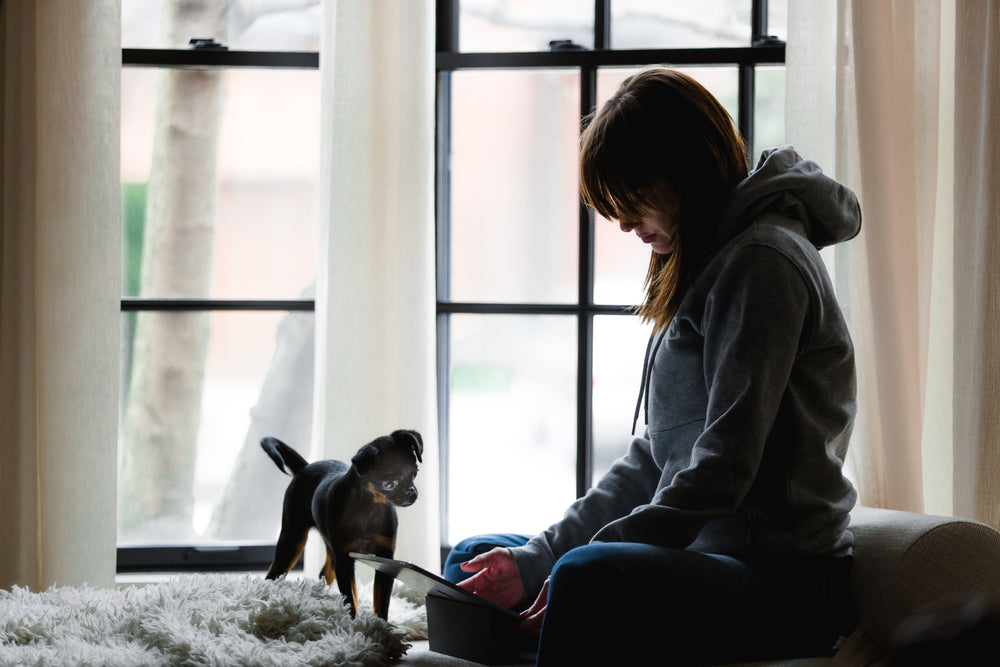News

Time for a break? Travelling with your dog to Europe
As those of you who follow our social media channels might have seen, we recently took our first family holiday overseas since the pandemic - and more pertinently it was Noah’s first experience of the world outside the UK! As first time pet travellers, we had a little work to do beforehand and it seems a useful opportunity to share our experiences and some top tips for those of you contemplating a trip to Europe.
Naturally, when a nation decides to leave the incredibly connected customs/trading union in which it has spent many successful decades there are some new challenges compared to the previously relatively straightforward process - we’re no fans of Brexit around here, but I’ll save the further expansion on that for another medium. What it means in practical terms is that the United Kingdom is now a “3rd country” - perhaps that’s what “sovereignty” was all about! As such travellers from the UK are now required to present an Animal Health Certificate, which has replaced the previous Pet Passport scheme. This is required for the entire EU, and thanks to the oven ready deal those leaving mainland Great Britain to Northern Ireland will also require one. Once obtained the certificate is valid for 10 days for entry to EU or Northern Ireland, then for 4 months for onward travel throughout the EU and the same period for re-entry to Great Britain. So here is tip 1 - make sure you plan well in advance and secure the necessary time with your vet in the correct window.
As per your own travel insurance, we always recommend insuring your pet - and checking with your insurer in advance will make sure you’ve got the cover you need should you need to seek veterinary attention on your trip.
In terms of medical requirements the principal steps are ensuring there is a readable microchip which conforms to International Standards Organisation standards ISO 11784 and ISO 11785, your vet can check this ahead of time (usually as part of the AHC checks), and if necessary can “rechip” your dog should the chip be unreadable or inconsistently readable. Keep a note of the chip number as you’ll need this for the transport provider (and it’s something useful to have on hand anyway). The pet also needs to be vaccinated against rabies not less than 21 days before travelling, and must be at least 12 weeks old in order to be vaccinated for rabies. You will also need a tapeworm treatment - if you’re travelling directly to Finland, Ireland, Northern Ireland, Malta or Norway this will need to be prior to travel, and not less than 24 hours or more than 120 hours before your time of arrival. You’ll also need to make arrangements to do this before re-entering the UK (again between 24-120 hours before arriving). The treatment given must be approved for use in the country in which it is given, with proven efficacy against tapeworm - Echinoccus multilocularis, usually products containing praziquantel (such as Drontal) will be used. The local vet will have to add their details to the certificate upon treating your dog. Tip 2 is to make sure you plan ahead for this -depending on where and when you are travelling it might be best to find a vet in advance and book an appointment (especially if you’re only spending a week or less overseas).
Modes of travel will vary, some of you might wish to fly out to your destination, in which case it’s worth checking with airlines regarding pet policies - in some cases pets can travel in the cabin albeit you’ll be expected to pay for their seat, in others they’ll have to be transported in a crate in the hold. Ferries may have pet friendly cabins, or if not you may be expected to leave your dog inside your vehicle for the crossing. They will be expected to be muzzled when outside the car and you may also need to use nappy sacks to prevent soiling on board. We travelled vie the Channel Tunnel - I would happily recommend this experience to anyone looking to take their dog across to the Continent. Both the Folkestone and Calais terminals have exercise areas with astroturf where you can give your pup chance to stretch their legs and answer the call of nature, there’s also a good chance they can meet new friends and have a play before boarding the train. Check-in is well set up at both ends and travelling with your dog doesn’t add a huge amount of time to the process (we travelled during the school February half term just as the UK was coming out of travel restrictions so the crossings were full but total check-in times were both pretty short). The crossing is short at just 35 minutes, and all passengers remain together in the vehicle which should mean less stress for all, each to their own but in our case Noah got an unusual chance to climb up on my lap and experience the driver’s seat!
From a pet food purveyor’s perspective, Brexit has brought a host of challenges - in this context the main one of relevance is that we are no longer allowed to take meat- or dairy- based products on crossings, so not only will you have to forego a ham sandwich for the road, you’ll also have to find an alternative supply to your favourite kibble (unless your pet is on a prescribed diet as indicated by your vet on the AHC). Given that all of our products are grain free, it’s sensible to find something similar once you cross, depending on the timing and duration of the journey give the dog a meal before leaving - a well fed, healthy dog will be fine if they go a few extra hours between meals so don’t worry too much about this - once they get their next feed they’ll be absolutely fine and will undergo minimal duress. In terms of suppliers, most towns will have at least one independent pet shop and/or vet who can help and much like the UK there are major chains including Maxi Zoo which operate across Europe offering similar enough products to keep your pup fed until they get back to their bowls of whole.
Depending on where and when you’re travelling, some precautions should help keep your pet safe and comfortable - in summer southern and central European temperatures can soar, as such it is well worth planning ahead to avoid the risk of heat stroke. If your dog needs plenty of exercise then doing so early and late in the day will avoid the hottest temperatures, and if you are out and about in the daytime definitely take a collapsible bowl or similar with plenty of fresh water to keep your pet hydrated, and if you’re spending long hours outside make sure you either carry or find shade in order to let them shelter from too much sun. If your dog is a strong swimmer there might be some good opportunities to cool off albeit prime beaches aren’t always open to dogs in high season. Many European countries have a very relaxed and welcoming attitude to dogs and in most cases they will be welcome to join you in enjoying a restaurant or bar.
Other watch outs - and refer to local guides if you can find them, would be to check for the presence of venomous snakes in some areas (we have adders in the UK but there are a few additional species in some of the Mediterranean countries); ticks can be a concern albeit there are a number of parasiticides which will offer protection against them alongside fleas (again - this is something we have in the UK, and we use a combo treatment for Noah); wild boar and bears are present in some regions and as per anywhere else dogs must be controlled on or around livestock farmland.
Overall though, using common sense and good pet parenting practice will allow you and your pup to have a great time in a new environment - giving you both a well earned break from routine and chance to explore somewhere new.
For more information on the Animal Health Certificate, speak to your vet and check this link:
https://www.gov.uk/taking-your-pet-abroad
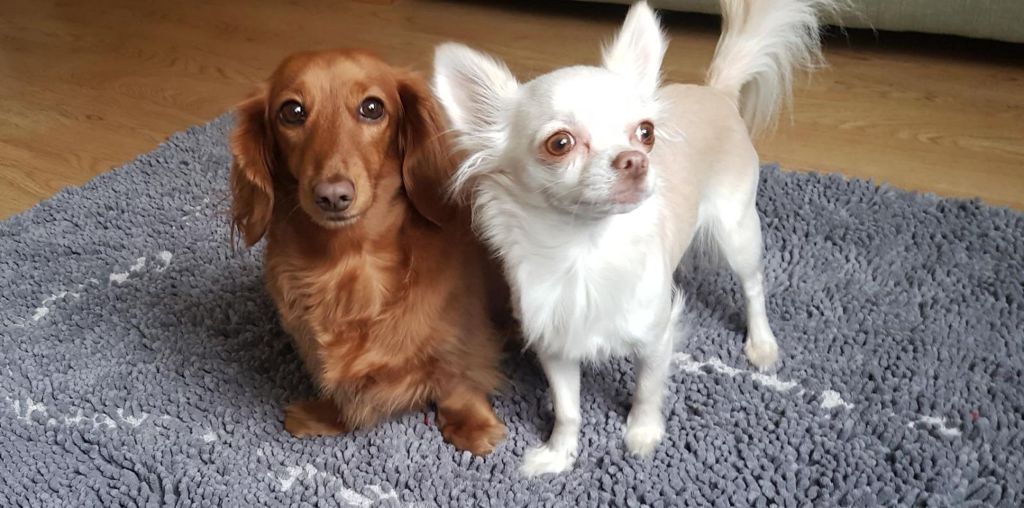
Small, but perfectly formed...
Our pet expert looks at some of the key considerations in feeding mini breeds such as dachshunds, chihuahuas and pugs.

Calming for dogs and cats
Blue Monday
An exploration of the causes of stress and anxiety in dogs and cats, with some surprising insights and some ideas and suggestions on how to help them feel better.
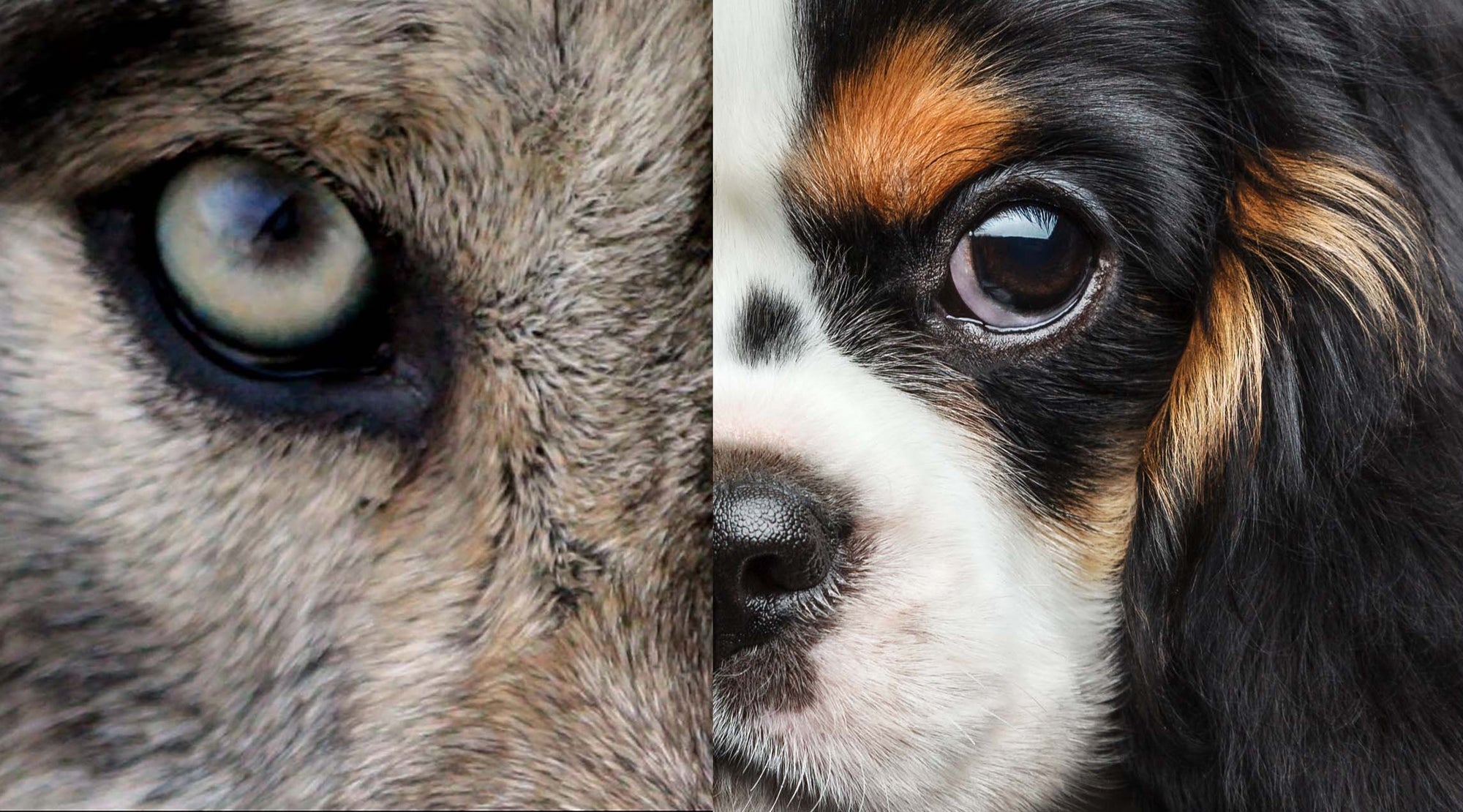
Genetics
Almost like a wolf - should you feed your dog like one?
Is your dog a wolf in pet's clothing, and if so should you feed it accordingly? Here, we explore the genetics and evolution of our pets with an expert analysis of the pros and cons of raw vs dry feeding...
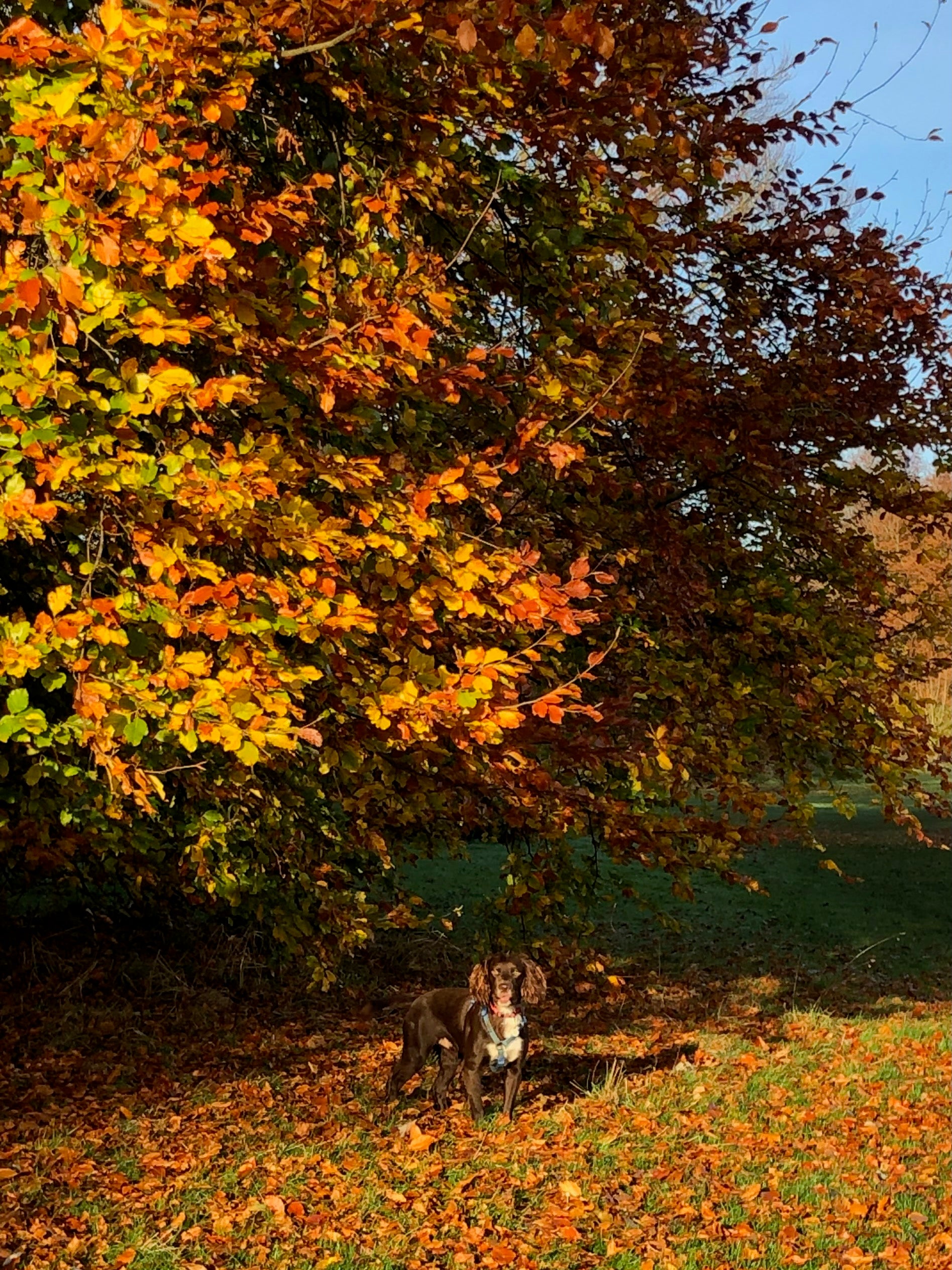
Ageing Pets
Autumn - and the Autumn years, about pets and ageing
A discussion of the special considerations for ageing pets as they enter their autumn years. With the right nutrition you can make a difference now and for their future.

Fireworks
Fireworks and your pet
Remember remember, the 5th of November (and the whole period around it) - we're now in the prime week of the year in which both organised and impromptu firework displays are happening, with loud bangs and flashes filling the night sky on a daily basis.
What can we do if our dog or cat finds this all too stressful, or even terrifying? Many of us have pets who, no matter how well settled and trained at home, really have a hard time with unexpected noises scaring them witless several times every night. We totally recommend discussing this with your veterinary team as in some cases the tips below are insufficient and the only option is to give your pet some medication until the skies quieten again, and in all cases there is almost certainly some good practical advice and/or less dramatic methods to help.
One of the key things to remember is that even when fireworks seem to be so distant as to be almost inaudible to us, the keen senses of our pets will pick up alien sounds which can trigger their "fight or flight" response. This reaction involves the production of stress hormones including adrenaline and noradrenaline, some dogs will bark while others will whimper or howl in order to gain their family's attention, they might cower and hide like the pug in this photo or they could start running and jumping towards doors and windows as they seek to figure out what the noise is and where it's coming from. Cats can also vocalise but will often seek shelter, one watchout is that if they're out and about this could lead them to run away or find an apparently safe place which ends up with them being lost. While some pets might simply seek safety with you, snuggling up for a reassuring cuddle, it's important to recognise that they are exhibiting stress and find ways to help them manage this.
So, what can we do to minimise the discomfort and anxiety our pets might be experiencing at this time of year? The first thing is to ensure you're as ready as you can be and this might mean immediate action to help get them through the next week or so. One of the most effective tools we can use are pheromone sprays or diffusers, which release chemical messengers into the air which mimic the maternal pheromones released by female dogs and cats as they nurse their litters. This is a well-studied system which has been long endorsed by vets and behaviourists given that the synthetic pheromones are both effective and safe for both pets and humans, the most important factor is to check out the right options (we're not involved in selling or promoting particular ones but have heard great reviews of Adaptil and Feliway here in the UK), and ensure that you give them time to work (ideally a good few days before and after you expect these events to take place).
Many pet parents have found that keeping the home well lit, and having some "normal" background noise at a reasonable volume can help keep their pets calm, be that having the TV or radio running throughout the evening or having music playing (choose carefully!). If possible it is definitely reassuring for pets to have someone in the room with them so they're not left alone to deal with sudden and unexpected loud bangs, whistles and shrieks. Ideally it is worth letting your neighbours know if your pet is particularly nervous, and asking that they consider avoiding noisy fireworks at home or at least give you plenty of notice so you can potentially go somewhere for the duration of their bonfire parties. During the periods of activity, it is important to gently reassure your pet, but try not to make too big a fuss which can embed their sense that something is wrong. Don't chastise or punish them, even if their behaviour ends up becoming somewhat problematic, as this can confound the issue - it is always better to use positive reinforcement of good behaviours with suitable rewards such as praise/affection or the occasional treat.
Another popular, and generally perceived as more natural mode of helping soothe pet anxiety is the use of herbal remedies or supplements. Some nutritional elements can help, for example tryptophan is an amino acid which is found in meats such as turkey (albeit we're not going to claim any meaningful effects from the whole pet food range). Herbs which have been identified as helping calm pets include Chamomile, Valerian and St John's Wort and it is possible to find blends of these and other herbs which can be either sprinkled on food or given as tablets or tinctures which many families have found hugely beneficial.
If these measures aren't sufficient, the answer is likely to rely on veterinary intervention, be that a supplement or medication - there are products based on milk protein which have been proven to help, or in the most extreme cases your vet may determine the safest and kindest option for the pet is to use a mild sedative for a short period of time. While many of us prefer to minimise pharmaceutical intervention, there are times when the alternative options simply don't deliver results, and in professional hands these therapies can be used safely within sensible limits.
Bear in mind that while this blog has been written and published in the beginning of November, which is when the United Kingdom has a profusion of fireworks linked to the tradition of Guy Fawkes' Night (and the childhood rhyme which began this post), there are a number of occasions on which we might expect similar displays albeit often over a shorter, more compressed period of time. New Year's Eve is becoming ever more associated with displays, and several religious festivals now also feature fireworks. In the summer months it is also worth considering outdoor concerts and festivals at which pyrotechnic displays could be a feature. All the ideas and techniques highlighted above can be useful at these times too.
We wish you and your pets a safe and peaceful Autumn!
https://www.petmd.com/dog/behavior/how-do-calming-dog-and-cat-pheromones-work
https://www.herbsmithinc.com/the-secret-to-calming-herbs-for-dogs/
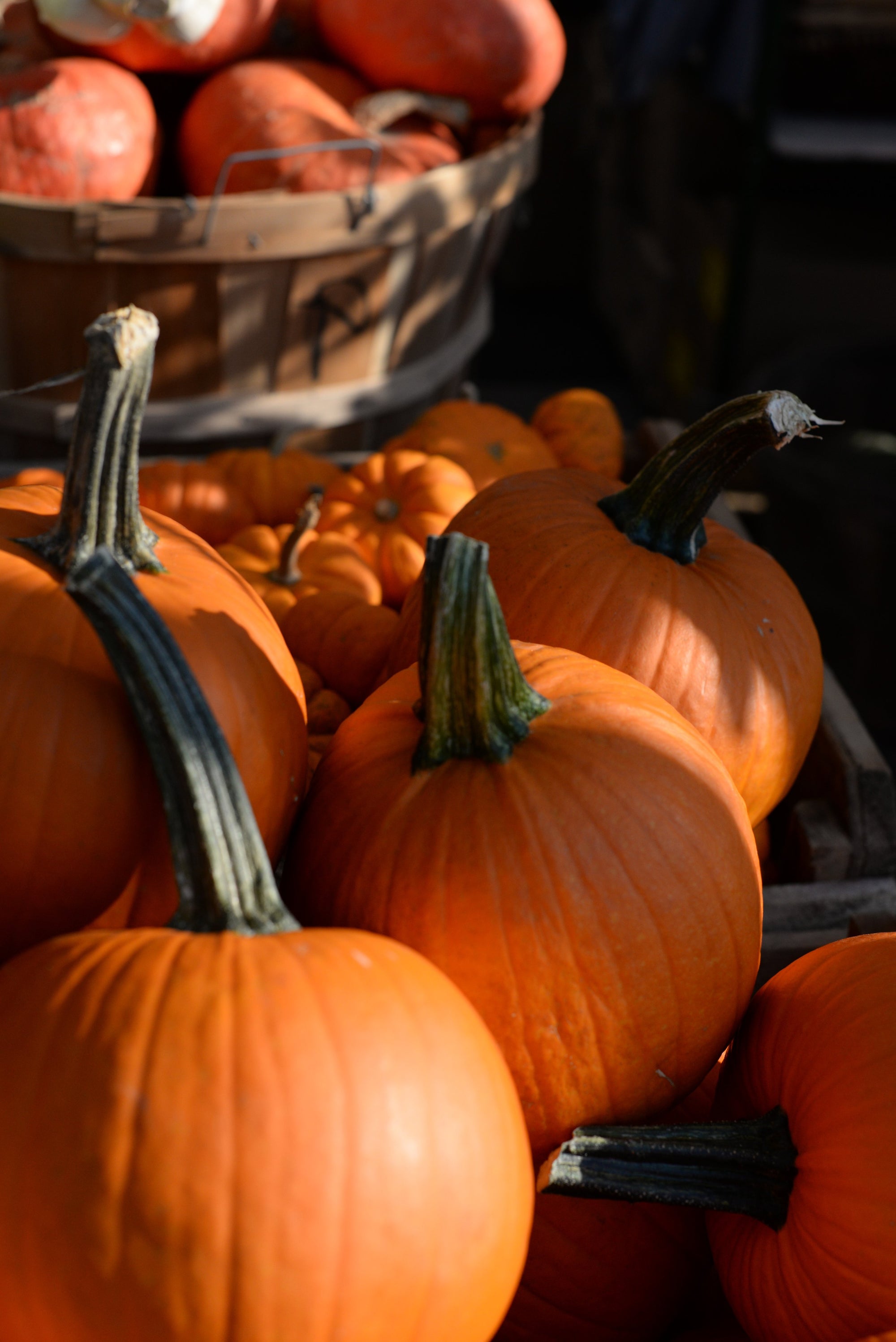
Duck dog food
Pumpkins aren't just for Halloween!
The Superfood for Dogs range features a special blend specific to each product, with ingredients chosen for their complementary benefits in terms of both flavour and nutrition (yes we’re guided first and foremost by what’s best for your dog or cat but like Michelin-starred chefs our team are always looking to find the most mouth-watering combinations of taste and texture at their disposal). In the case of our English Country Duck recipe pumpkin features alongside parsnip (rich in Vitamin B3 which helps utilise energy), beetroot (a source of folic acid and dietary fibre to help the digestive system - see below), orange (with the potent antioxidant Vitamin C to support immune function) and asparagus (which provides iron to support the circulatory system).
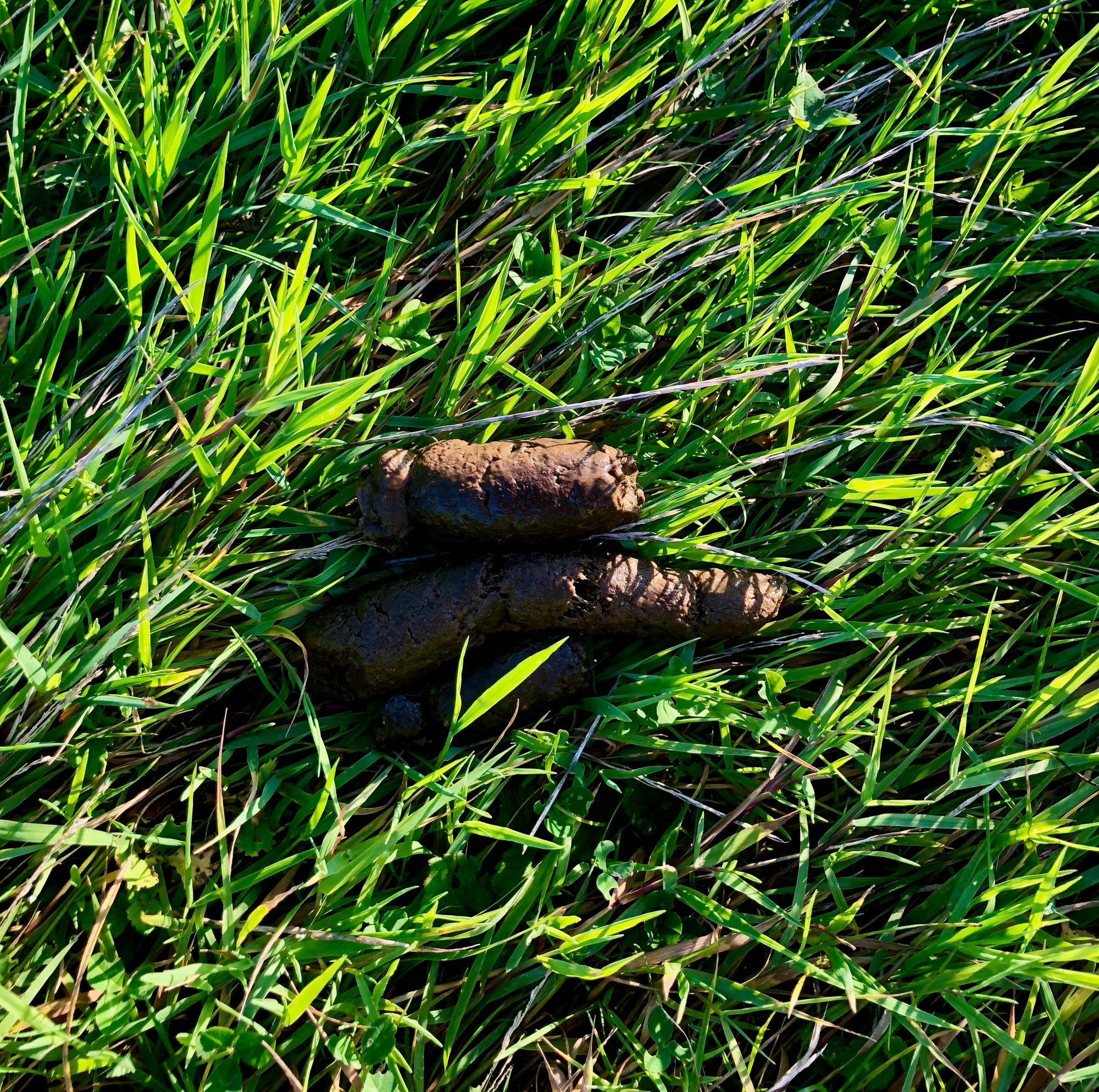
Feeding advice
The poo blog
Nobody's favourite subject, but there are some things we have to tell you...
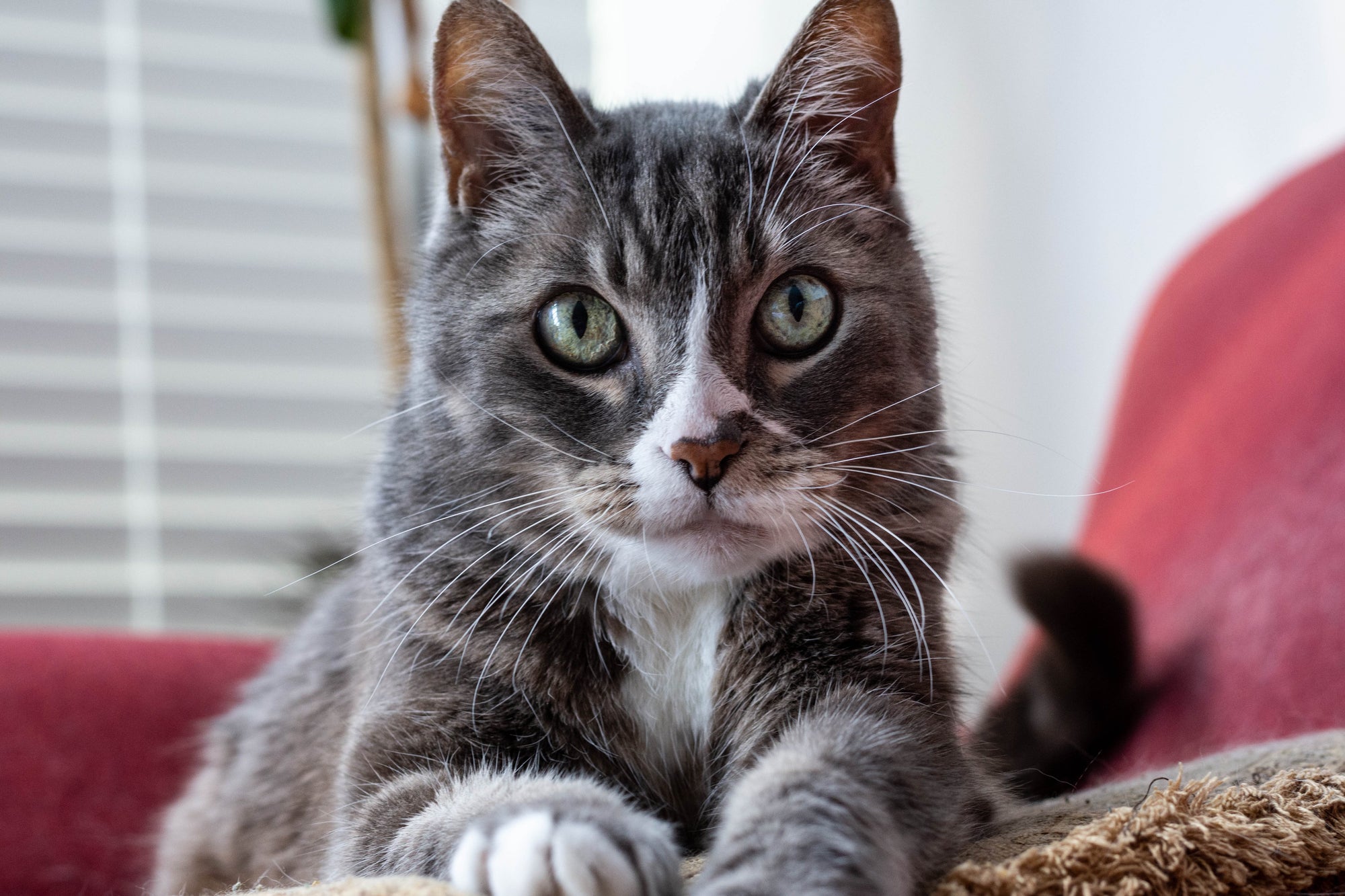
Feeding advice
Feeding feline friends
Feeding your cat involves some special considerations, but the Grain Free for Cats range from whole is simply the best cat food - here's why...

